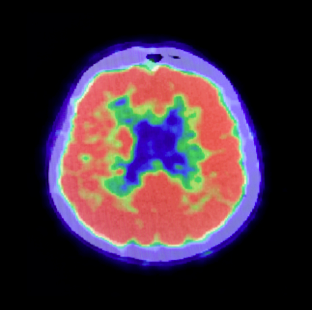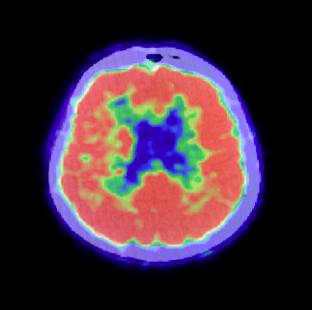Decrypting krypton
An electron and its antimatter counterpart—a positron—can annihilate each other to leave behind a distinct signature of gamma rays. At certain incident energies, however, the particles combine to form positronium. It too decays into gamma rays, but after a lifetime of tens of nanoseconds, enough time for it to wander away from the nuclear core to interstitial regions of materials such as nanostructures and biological matter. Gamma-ray emissions from nuclear and interstitial sites produce a comprehensive image of a material, forming the basis of positron emission tomography (PET) and positron annihilation lifetime spectroscopy.
In a paper in Physical Review A, Casten Makochekanwa at the ARC Centre for Antimatter-Matter Studies in Australia and his coauthors present cross-section measurements of positron scattering off an atomic target (krypton). The measurements are compared with earlier results in the literature, providing a history of the progress in this field. While current experimental and theoretical techniques produce generally good agreement, some energy regimes, for example that for positronium formation, still exhibit disagreements at the level. While this work demonstrates progress, more sophisticated calculations and measurements are planned that should narrow these differences and provide guidance for extension to more complex systems at the nanoscale. – Lee Collins and Jihane Mimih





